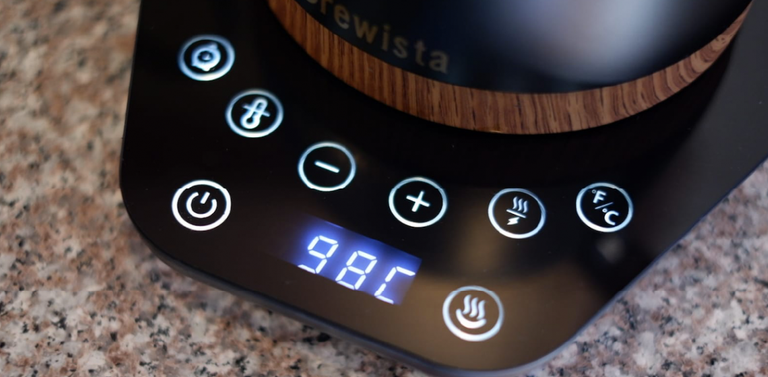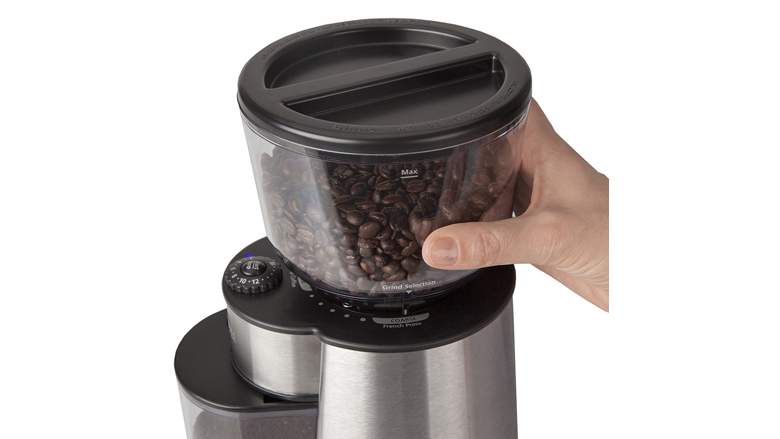The Art of Brewing: Brew Like A Barista
When we think about the art in coffee, most of us tend to think of lattes with swans or leaves. Maybe thinking of how Barista serves their iced beverages where you can catch a glimpse of the layers of colors and garnishes that are somehow satisfying to notice. The art of displaying beverages to attract and satisfy customers is an art in its own. Personally, I believe the true art in brewing comes when a Barista is able to brew something that is naturally bitter then combine it with other elements to blend or mask the bitterness. As well as producing a beverage others might not have enjoyed otherwise.
There are a few secrets Barista use while trying to create something slightly different or an entirely different beverage altogether. Some of these tricks can be used for making other beverages. Such as cocktails or perhaps even in cooking. However, I will be specifically talking about brewing coffee.
- RATIO IS KEY
Whenever we try to recreate something we are usually given a set of instructions to follow. With recipes, you are given a list of ingredients and details how much of each ingredient is required. Beneath the list off ingredients and numbers I was taught a simple formula of ratios when trying to create something new. It doesn't matter which method you choose to brew your coffee these ratios will apply.
The most commonly used ratio when trying to create something is 3:7. Three (3) parts of whichever ingredients you choose to flavor your beverage for coffee. Then divided in 2 1.5 for coffee and 1.5 for sweeteners/flavors. The other 7 parts are the base of your beverage. This could be milk, water or whatever it is you are using. If you prefer to drink without sweeteners/flavor enhancers, you can either add more coffee to make it stronger, probably more base to make it softer or both to keep the flavor balanced. The same ratio is used for hot or iced beverages. You only need to take into consideration that ice will dilute your beverage over time. So you would need to increase the total amount of ingredients used to minimize the change in flavor that will occur.
- CONSISTENCY
When you are used to making your coffee with certain products or utensils try not to change anything. The slightest change in any factor will affect the result. I will try to explain to the best of my capabilities. There are three of some of the biggest changes you could make that will drastically change your end result. Which is temperature, grind size, brewing method.
- TEMPERATURE
The recommended temperature to brew coffee is 88 °C – 95 °C. If you have a sensitive enough palate you should be able to feel the acidity rise when you slightly lower the temperature or vise versa. Bitter notes will be more noticeable as you increase the temperature. When I say slightly, I mean the least amount of change you can apply, which is 1 °C. Unless you have a beast of a machine, you can then go even lower than 1°C. If you would like to test this out for yourself, you should be using beans from the same batch. If possible, brewed during the same period to notice any difference.
- GRIND SIZE
The first rule of thumb (you should always keep in mind while trying to learn how to brew) is that grinding coffee should be the last preparation you make before introducing water into your grounded coffee. If you have a Burr Grinder at your disposal, you may have noticed the coffee you usually brew may have changed. Either through time as the condition of your coffee beans change or if you have shifted the grind size. As you grind your beans finer, you are increasing the surface area of the coffee bean. Which is exposed to hot water as you are brewing. By doing so, you are extracting more of the caffeine, acids, fats, etc. Which are tends to produce a much denser coffee with bitter flavors being dominant.
Keep in mind that this works for short extraction 30s-3m time frame. Depending on which brewing method you choose, if you are planning on extracting coffee for a long period of time. Keep in mind that as long as the grounds are still exposed to water, extraction will continue to take place.
- BREW TECHNIQUE
This doesn’t apply much if you are brewing with a machine. Aside from latte art, there actually isn’t much technique involved. However, when it comes to manual brewed coffee as even the slightest motion while pouring will change the outcome even with every factor in check.
- SERVE IT RIGHT, DRINK IT RIGHT
Serving coffee isn’t as simple as it seems which is why everyday Barista will calibrate their grinder and espresso machine before opening to the public. They also will re-calibrate during the day if they notice the quality of their shot change. In other words, everything a Barista does as he prepares a cup of coffee is designed to produce the best cup of coffee to his capability. Changing any variable such as water temperature, amount of water/milk, grind size, etc will change the taste entirely. A Barista will always serve the best in both quality and presentation. Espresso based coffee are usually best when it's fresh. The taste will change overtime as it loses temperature. You will usually notice the acidity rise as the heat that masked the unwanted tastes fades away. Especially with Espresso and Piccolo Lattes which you shouldn’t waste to much time in drinking.



Congratulations @arhaynez! You have completed the following achievement on the Hive blockchain and have been rewarded with new badge(s) :
You can view your badges on your board And compare to others on the Ranking
If you no longer want to receive notifications, reply to this comment with the word
STOPSupport the HiveBuzz project. Vote for our proposal!